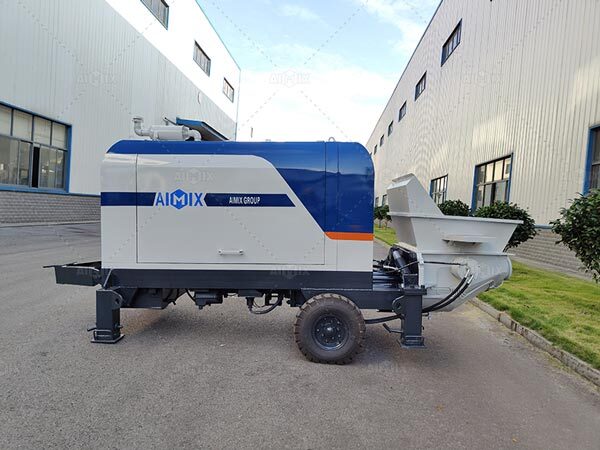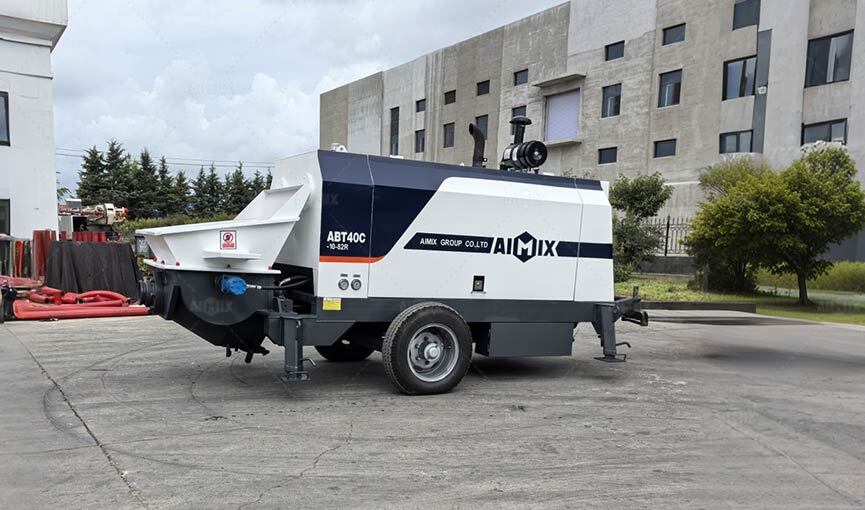The Kenyan construction landscape presents unique challenges and opportunities, where efficiency and adaptability often determine project success. Stationary concrete pumps have become increasingly vital for projects across Nairobi, Mombasa, and emerging economic zones, offering solutions to urban congestion, remote site access, and the relentless pressure to maintain construction timelines. These powerful machines, when operated effectively, can significantly enhance productivity while reducing labor costs and material waste. However, maximizing their potential requires understanding both the technical aspects of pump operation and the specific conditions of Kenyan construction environments.
From the red soils of the Rift Valley to the coastal regions, Kenya's varied geography demands tailored approaches to concrete placement. Stationary pumps provide the consistent output needed for everything from high-rise developments in urban centers to infrastructure projects in remote areas. Their ability to deliver precise volumes of concrete over considerable distances makes them indispensable for contractors seeking to maintain quality while navigating the unique logistical challenges of the Kenyan market.
Optimal Setup and Positioning Strategies
Proper installation forms the foundation of effective pump operation. The pump should be positioned on stable, level ground with adequate space for concrete delivery vehicles to access the hopper without obstruction. In Kenya's variable terrain, this may require creating a compacted gravel base or using steel plates to distribute weight on unstable soils. Consider prevailing wind patterns—especially in dusty regions—to minimize material contamination and ensure operator comfort during extended pouring sessions.

Strategic placement also involves evaluating reach requirements and pipeline routing before commencement. The pipeline should follow the most direct route possible with minimal bends, as each direction change reduces pumping efficiency and increases wear on the system. For multi-story projects in urban areas like Nairobi or Kisumu, vertical pumping requires careful calculation of pressure requirements and pipe clamping security. Always allow for easy access to the pump for maintenance and cleaning operations, as downtime directly impacts project timelines and profitability.
Mastering Operational Techniques for Local Conditions
Kenya's diverse climate conditions significantly influence concrete pumping operations. During hot, dry weather common in regions like Turkana or Garissa, concrete consistency must be carefully monitored to prevent premature setting in the pipeline. Implementing sun protection for the pump and pipelines helps maintain optimal material temperature, while scheduling pours during cooler periods enhances workability. Conversely, during rainy seasons, protective measures prevent water infiltration that could weaken concrete strength and compromise structural integrity.
Operational proficiency includes understanding how local material characteristics affect pumping performance. Kenyan aggregates vary considerably by region, requiring adjustments to mix designs and pumping parameters. The pump operator should maintain constant communication with the batching plant to ensure consistent slump levels and material quality. Modern concrete pumps for sale in Kenya feature advanced control systems that allow precise adjustment of output pressure and volume—features that should be fully utilized to match the specific requirements of each project phase, from foundations to finishing work.

Maintenance and Safety Protocols for Long-Term Reliability
The dusty conditions prevalent across much of Kenya necessitate enhanced filtration and protection systems for stationary pumps. Implement daily inspection routines checking hydraulic systems for contamination, pipeline wear, and valve sealing integrity. Lubrication schedules should be accelerated compared to recommendations for temperate climates, with particular attention to components exposed to dust and high temperatures. Establishing relationships with local parts suppliers ensures minimal downtime when replacements are needed.
Safety protocols must be adapted to local site conditions and workforce training levels. Ensure all operators receive comprehensive training in both normal procedures and emergency shutdown processes. Implement clear signaling systems between the pump operator, pipeline technicians, and placement crews, considering the multilingual nature of many Kenyan construction sites. Regular safety meetings should address specific risks such as pipeline failure under high pressure, electrical hazards in variable weather conditions, and traffic management around the mini concrete pump location. Proper safety practices not only protect workers but also prevent costly delays from accidents or equipment damage.
The effective use of stationary concrete pumps in Kenya requires blending technical knowledge with local practical experience. By optimizing setup procedures, mastering operational techniques suited to local conditions, and implementing rigorous maintenance and safety protocols, contractors can achieve remarkable improvements in project efficiency and concrete quality. These machines represent not just equipment investments but strategic tools that can provide competitive advantages in Kenya's rapidly developing construction market. With proper implementation, stationary pumps become reliable partners in building Kenya's future, one precise concrete placement at a time.

